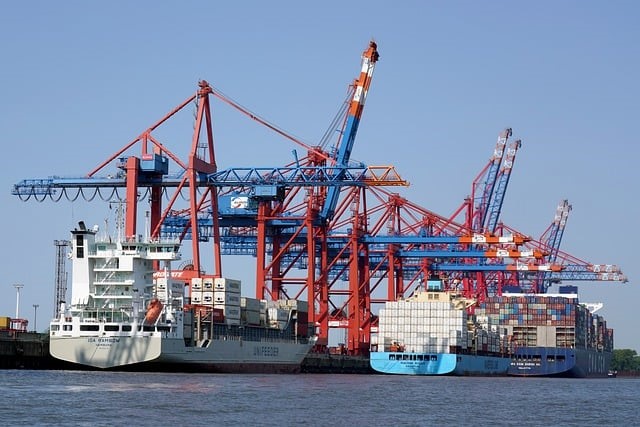
What are the basic procedures required for export return agency?
According to the latest 2025 revision of the Kyoto Convention by the World Customs Organization (WCO), the standardized export return processing procedures should include the following steps:
- Return Shipment Agreement Confirmation: Sign a supplementary agreement with foreign buyers that includes return shipment clauses.
- Identification of Return Reason: Obtain the quality certification documents from a third-party inspection agency.
- Customs declaration preparation:
- OriginalExport customs clearancesingle copies in the past 3 years
- Copy of customs clearance documents from the importing country.
- List of Returned Goods (must match the original export data)
- Tax treatment: Payment has been submitted.Export tax refundRefund or offset.
2. How to choose a reliable export return agent service provider?
High-quality agencies should possess the following qualifications and service capabilities:
- CustomsAEO. Clients are recommended to verify qualifications through the following methods:(China Customs has already included this as an entry standard for cross-border service providers by 2025.)
- Familiarize yourself with the return policies of major trading countries, such as:
- The return clause of the EU's Circular Economy Act, which will take effect in 2025
- New FDA Regulations on Medical Device Returns
- Provide a fully visual tracking system.
- Possesses bonded warehousing and maintenance/refurbishment capabilities.
3. What costs are involved in export returns?
Taking a 20-foot container return shipment as an example, typical cost components include:
- International logisticsCosts of: Approximately USD 3500-6000 (including destination port handling fees)
- Customs duties and taxes:
- Import duty (levied based on the dutiable value of returned goods)
- Value-added tax (eligible for reduction or exemption in most countries)
- Agent Service Fee: Typically 3-8% of the cargo value.
- Port demurrage fees: After the free storage period, USD 80-200 per day.
IV. Can returned goods be re-exported?
The appropriate compliance handling solution must be selected based on the cargo status:
- Direct re-export: Applicable to unused products with intact packaging.
- Bonded zone maintenance:Processing trade manual application required.
- Transitional trade: Circumventing restrictions on the country of origin through a third-party country.
- Disposal and destruction: Environmentally friendly disposal requires obtaining a "Waste Disposal Certificate."
V. How to Handle Legal Disputes Arising from Returns?
It is recommended to adopt a tiered response strategy:
- Phase One: Negotiate based on INCOTERMS? 2025 liability clauses.
- Phase Two: Apply for arbitration at the International Chamber of Commerce (ICC)
- Phase III: Asserting rights through overseas litigation (requires prior agreement on the jurisdiction of the court)
Typical Case: A machinery export company successfully avoided the full return shipment loss of equipment worth $2 million by using the ATA Carnet for temporary import.
6. Which special products require extra attention when returning?
- Dangerous Chemicals: A "Classification and Identification Report for the Hazardous Characteristics of Returned Goods" is required.
- Food/Pharmaceuticals: Complies with FDA/EFSA return shipment hygiene standards
- Lithium battery-containing products: The UN38.3 test report must be valid within the period.
- Used equipment: Some countries require prior application for an import license.
7. How to Reduce Return Risks Through Trade Terms?
It is recommended to specify the following terms in the contract:
- Agreed inspection period (recommended to be no less than 30 working days after arrival at the port)
- Set a quality objection period (generally no more than 6 months).
- Using DAP terms to avoid door-to-door transportation risks.
- Agreed maximum return ratio (generally not exceeding 15% of the contract amount)


 Follow Customer Service WeChat
Follow Customer Service WeChat